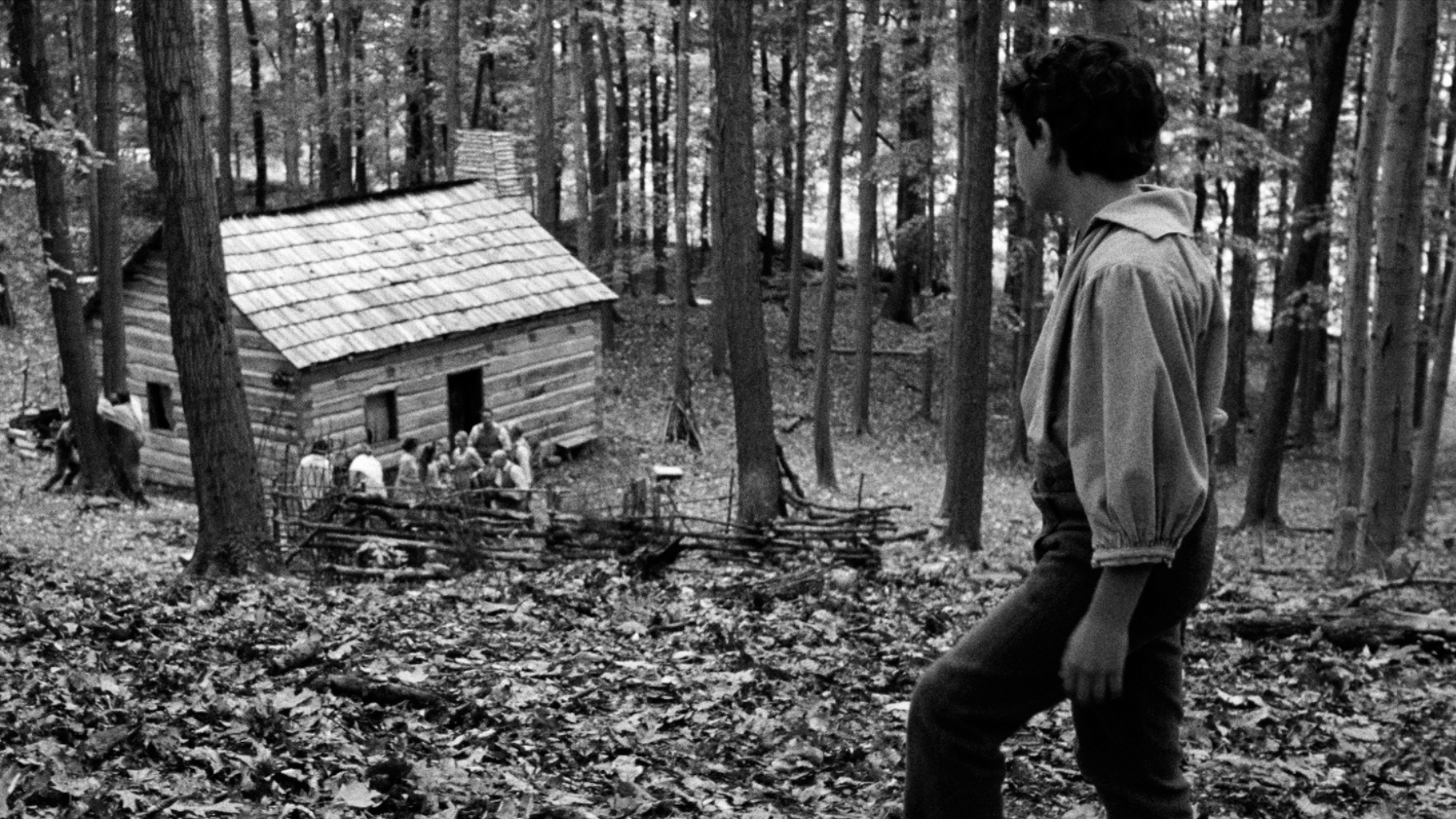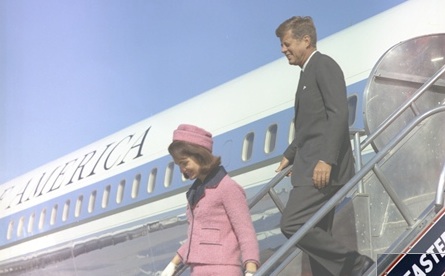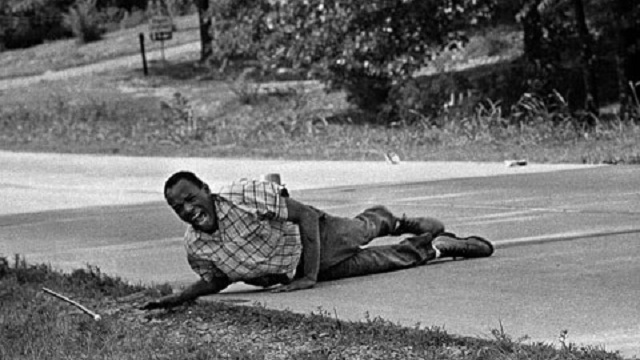A.J. Edwards is the director of the new film The Better Angels, which highlights the formative years of U.S. President Abraham Lincoln. In this Big Think interview, Edwards shares thoughts about his visual aesthetic and explains the decision to shoot the film in black and white
The Better Angels was conceived in black and white from the very beginning. It was just the way that I felt Lincoln existed. Lincoln lives in black and white and I didn’t want to see him in color. The reason why we thought it was appropriate wasn’t purely for aesthetic reasons but also to remove the romance of frontier life, you know, what we imagine with the coonskin caps and the muskets, the Lincoln log cabin. It could lean towards Disneyland or something like that. And so we were after austerity and starkness like you would have in a Bresson picture or a Carl Dreyer picture. And because especially and the frontier life plus Lincoln on top of that, there’s a lot of sentimentality that you could lead into or, you know, just the tropes of just the Americana patriotic story. So yeah, we wanted a bit more integrity to the film than the cliché’s that could have happened.
We wanted the film to be a sensory experience. It wasn’t just to be a Wikipedia article about the facts and information of Lincoln’s life. We wanted people to walk beside him, labor with him, cry and laugh with him and black and white abstracts everything to turn it into icons. With color the image is much busier. There’s much more to take in. There’s more specificity to it. Black and white immediately abstracts things and makes symbols out of it so that man or woman suddenly isn’t as specific. They suddenly can turn more almost into the image on the bathroom sign, you know, it’s man and woman as a whole. It gives you a generality in the best way. In addition to the abstraction black and white provides the production design. You know it helped them immensely because, especially with the limited budget we were dealing with. Immediately when you see black and white you feel like you’ve been transported into the past. And so, you know, 20 percent of the art department’s team was accomplished purely by muting the color. Not to say that their job was then easy after that but it definitely gave them a leg up I feel and they would agree.
You know, the first thing if you say you’re going to shoot black and white is everybody is worried for you. Black and white has a stigma that’s attached to it. People view it as a disadvantage in that you’re limiting your audience, your financial prospects and categorizing your picture as something that it may not be. You know if you shoot black and white people immediately think art or they immediately think serious. And so if someone is to consider black and white for their project I guess I would say the heads up that I would offer is that they need to be prepared to fight for it and lobby for that. Unless they’re just surrounded by a fantastic group that’s immediately encouraging and doesn’t feel that there’s any risk. Schindler’s list I think made like 400 million dollars or something. And so if the story’s there, the performances are there it will connect people. And connections are not in color or in black and white. They’re invisible but just as real.





